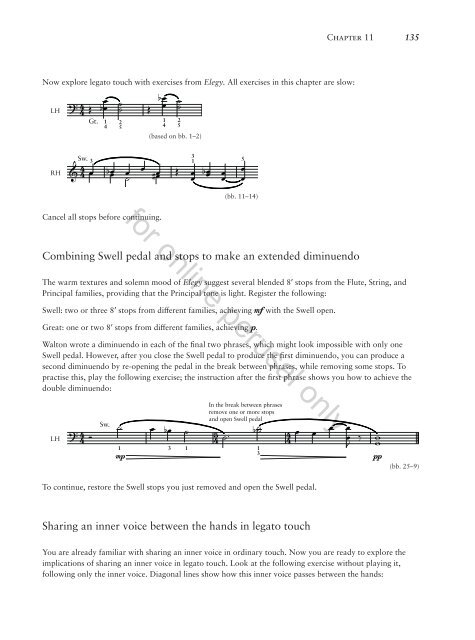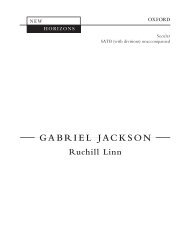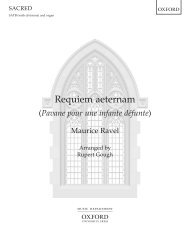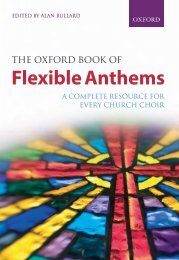New Oxford Organ Method
A single piece of repertoire is the primary focus for each chapter, with preparatory exercises providing the necessary technical work building towards the piece. Each lesson covers four main topics, which are systematically developed: practice methods, registration, fingering and pedalling, and historically-informed interpretation. The method is for keyboard players of any age who are establishing first steps at the organ with or without a teacher. It will also serve more experienced organists who want to improve their technique.
A single piece of repertoire is the primary focus for each chapter, with preparatory exercises providing the necessary technical work building towards the piece. Each lesson covers four main topics, which are systematically developed: practice methods, registration, fingering and pedalling, and historically-informed interpretation. The method is for keyboard players of any age who are establishing first steps at the organ with or without a teacher. It will also serve more experienced organists who want to improve their technique.
- No tags were found...
Create successful ePaper yourself
Turn your PDF publications into a flip-book with our unique Google optimized e-Paper software.
Chapter 11<br />
135<br />
Now explore legato touch with exercises from Elegy. All exercises in this chapter are slow:<br />
LH<br />
?<br />
4<br />
Œ<br />
bœ bœ<br />
˙˙ Œ Gt. 1<br />
4<br />
2<br />
5<br />
1<br />
4<br />
2<br />
5<br />
˙˙<br />
(based on bb. 1–2)<br />
RH<br />
Sw. 3 & 4 œ b œ<br />
œ œ˙ # œ Œ<br />
3<br />
1 5<br />
œ<br />
bœ<br />
œ<br />
œ<br />
œ<br />
(bb. 11–14)<br />
Cancel all stops before continuing.<br />
Combining Swell pedal and stops to make an extended diminuendo<br />
The warm textures and solemn mood of Elegy suggest several blended 8ʹ stops from the Flute, String, and<br />
Principal families, providing that the Principal tone is light. Register the following:<br />
Swell: two or three 8ʹ stops from different families, achieving mf with the Swell open.<br />
Great: one or two 8ʹ stops from different families, achieving p.<br />
Walton wrote a diminuendo in each of the final two phrases, which might look impossible with only one<br />
Swell pedal. However, after you close the Swell pedal to produce the first diminuendo, you can produce a<br />
second diminuendo by re-opening the pedal in the break between phrases, while removing some stops. To<br />
practise this, play the following exercise; the instruction after the first phrase shows you how to achieve the<br />
double diminuendo:<br />
LH<br />
?<br />
4<br />
Ó<br />
Sw.<br />
˙ œ bœ<br />
˙<br />
1 3 1<br />
mp<br />
for online perusal only<br />
In the break between phrases<br />
remove one or more stops<br />
and open Swell pedal<br />
5<br />
4<br />
˙<br />
b˙<br />
œ œ<br />
4<br />
1<br />
3<br />
œ œ<br />
œJ ‰<br />
w<br />
pp<br />
(bb. 25–9)<br />
To continue, restore the Swell stops you just removed and open the Swell pedal.<br />
Sharing an inner voice between the hands in legato touch<br />
You are already familiar with sharing an inner voice in ordinary touch. Now you are ready to explore the<br />
implications of sharing an inner voice in legato touch. Look at the following exercise without playing it,<br />
following only the inner voice. Diagonal lines show how this inner voice passes between the hands:


















